Trekking Annapurna FAQs
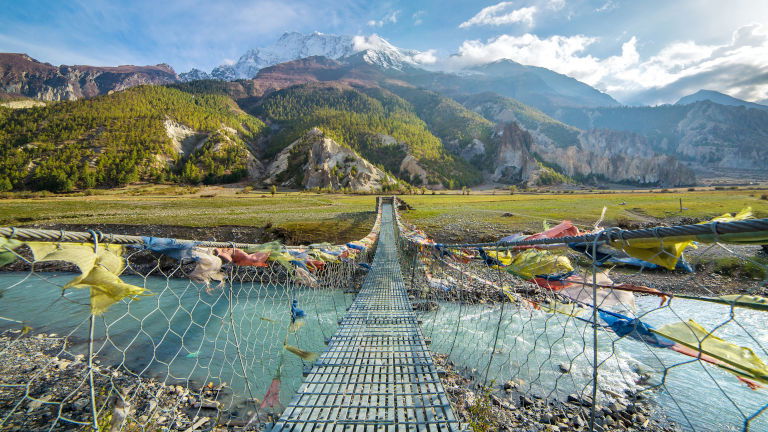
The Annapurna Circuit is one of the most popular treks in the world, and for good reason. This long distance trail is peppered with quaint teahouses, flanked by rhododendron forests and surrounded by towering peaks. It’s scenery and charm will tease your senses, while its gruelling distance will test your resolve. If you are looking to tackle the trails of Annapurna, here are some things you should know.
On each Annapurna Trek on Global Journeys’ website you will find a set of trip notes that each tour operator prepares to provide important information and details pertaining to each trip. These can be found below the day by day itinerary and inclusions for each tour and should be referred to in preparation for your trek.
When is the right time to trek Annapurna?
The key to planning your trip to Annapurna is avoiding monsoon season, which falls from June to September. While the weather can be unpredictable year round, hitting the trails before or after this rainy stretch is usually the right move. Travellers tend to make the most of spring in April and May, and autumn in October and November. Winter (December through February) still puts on a show with great views and often clear skies to enjoy them, however, it can be bitterly cold particularly at high altitudes. In the event of severe snow storms, parts of the trail may also close at short notice.

How fit do I need to be to trek Annapurna?
Treks of Annapurna are physically demanding, and you’ll need a very good level of fitness to get the most out of them. Proper preparation is important, and you’ll need to be ready for a series of ascents and descents, uneven terrain, and some long days. For the most part there is plenty of rest time and the days are manageable often with just 5 – 6 hours of hiking, however, on some days you may be on the track for up to 16 hours, depending on your trail. Routes vary in difficulty, so it is important to read your itinerary and trip notes thoroughly when deciding which is suitable for you.
Will I get altitude sickness on the Annapurna Circuit?
Altitude sickness can affect anyone, regardless of fitness. Symptoms may be felt from 2500m (8200ft) above sea level. Treks that make it to Annapurna Base Camp reach 4130m (13549ft) and are designed to allow time for acclimatisation. It is however impossible to predict how your body will react to conditions on the trail and the change in oxygen levels. While every precaution is taken, it is important to stay hydrated, take it slow, and alert your group leader if you notice any symptoms.
If you are concerned about the altitude, there are a series of trails that take in the scenery of the Annapurna Ranges and trek through the foothills without exceeding 2000m (6561ft) above sea level. You can take in these lower-altitude trails by walking Annapurna with Intrepid, or exploring Annapurna in style with Peregrine.
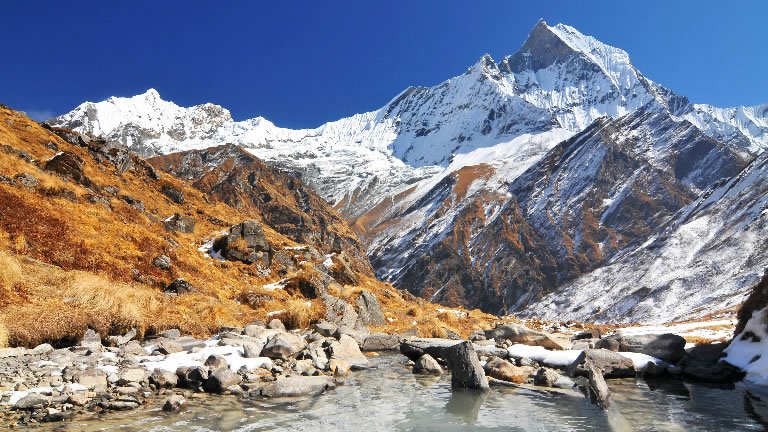
Where will I stay on the Annapurna trail?
Most itineraries use local lodges known as teahouses along the trail. These are comfortable and equipped with basic facilities. Rooms vary from twin-share to dormitory style in remote regions, and even private rooms will share bathroom facilities. Bathrooms will sometimes have squat toilets rather than Western style, and running water is not always available. Hot water, where accessible, is generally an additional expense.
If sacrificing your creature comforts is disconcerting, then perhaps consider Peregrine’s Annapurna itinerary. This itinerary stays at lower altitudes where access to more comfortable accommodation is available, using lodges with heated double or twin rooms and shared bathrooms with hot and cold running water and Western style toilets.
Will I need to carry my own gear?
You will usually be accompanied on your trek by porters who will be responsible for carrying your luggage. Each traveller is provided a duffel bag to put their gear in which is limited to 7.5 – 10 kilograms (16.5 – 22 pounds) depending on your operator and itinerary. You will carry your personal belongings in your day pack and if your itinerary starts and ends at the same location, you will generally have the option to store excess gear at the hotel while you are doing the trekking portion of your trip. Given the restrictions, it is important to pack only what you need.
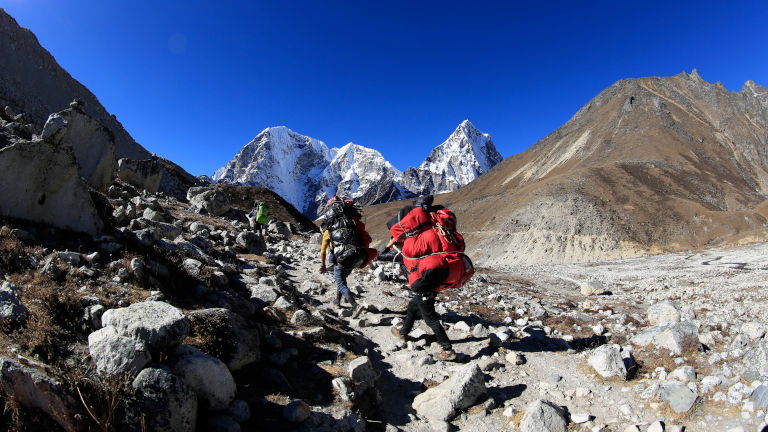
What do I need to know about money matters in Nepal?
You will need to carry cash on the trail for your personal expenses. Your itinerary and trip notes detail your tour inclusions and provide a general guide to the expenses you’ll need to budget for. Plan in advance for your trek, as ATMs can only be found in Kathmandu, Pokhara, and Bhaktapur. You will also have the option to exchange money in Kathmandu, Namche, Pokhara, Chitwan (only outside the park) and Bhaktapur.
Where do I find further details on my tour of Annapurna?
This information is provided as a general guide, and it is important to consult your itinerary and trip notes for information related to your specific trip. Your consultant will be able to answer further questions regarding your tour, and your doctor should be consulted for guidance on fitness and medical concerns.
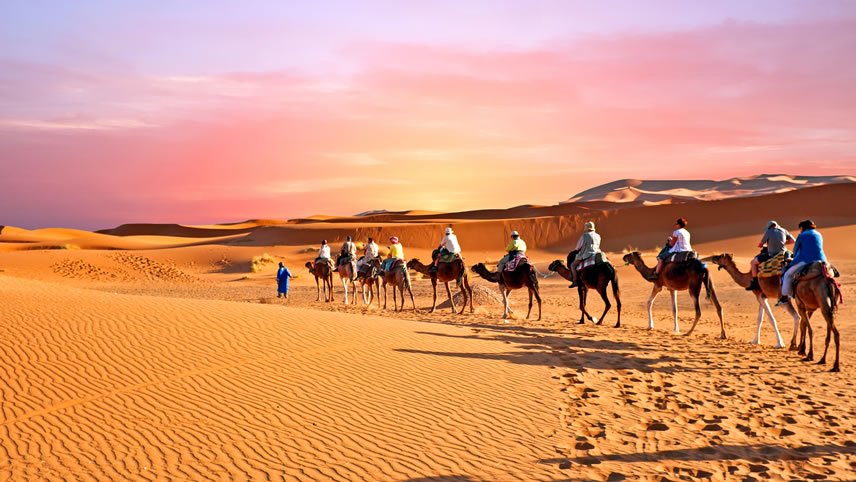
25 March, 2024
Exploring the Moroccan WildernessMorocco is a captivating destination where its vivid culture and historical depth converge,...
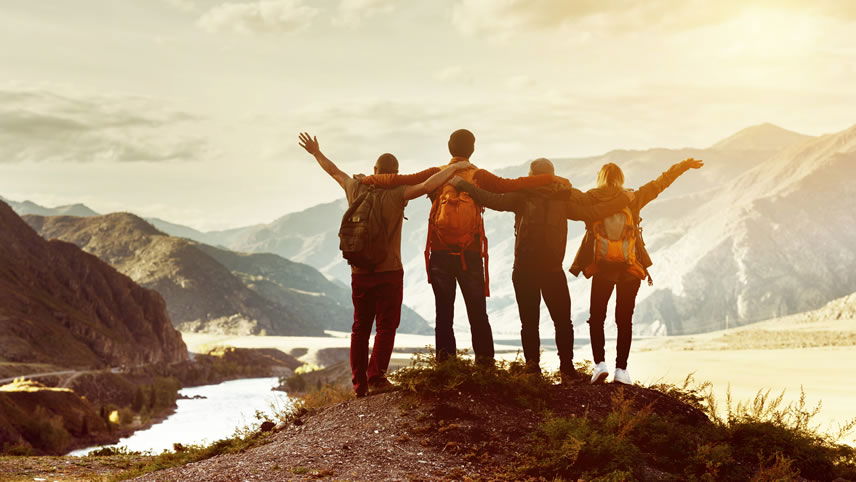
31 March, 2022
Exodus' Top Walking ToursWalking. Sometimes it’s the best way to see the world. Come within a hair’s breadth of an...

10 January, 2022
Exodus Travels Voted Best Operator in the National Geographic Reader AwardsMulti-award-winning small group and self-guided tour experts Exodus Travels have been named...
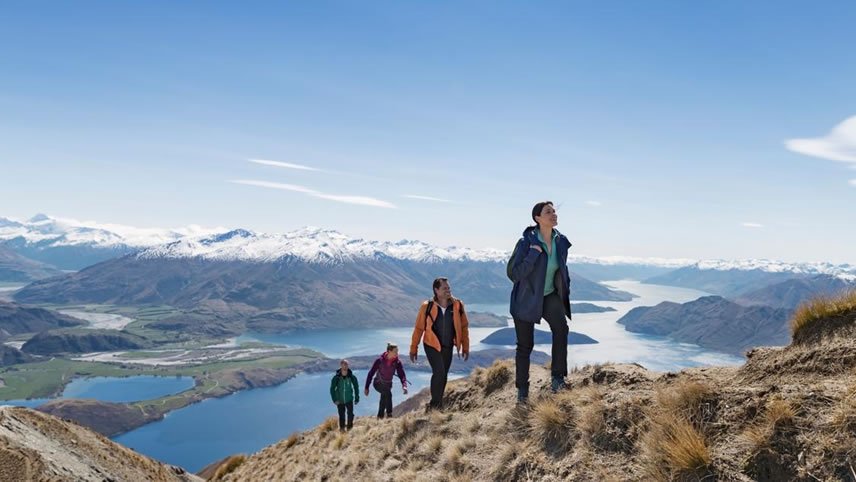
30 July, 2020
5 Awesome Walking Trails on NZ’s South IslandNew Zealand’s South Island is incredibly scenic. Raw beauty enchants at every turn and...
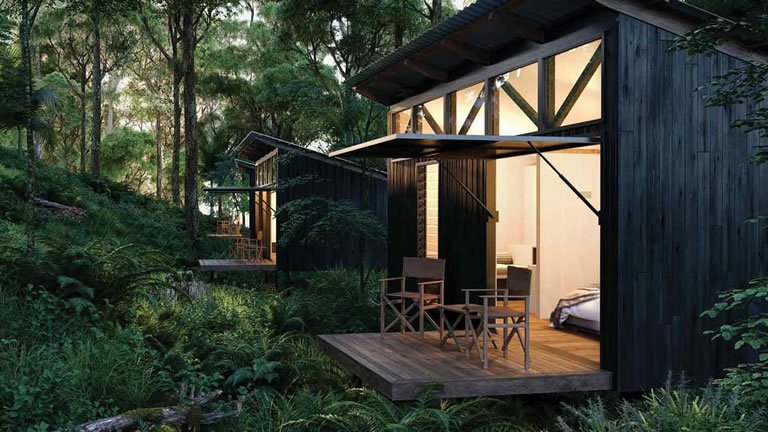
21 July, 2020
Adventure Meets Luxury: APT’s Walking Tours in Australia and New ZealandAPT have expanded their Australia and New Zealand tour collections to include a new travel...
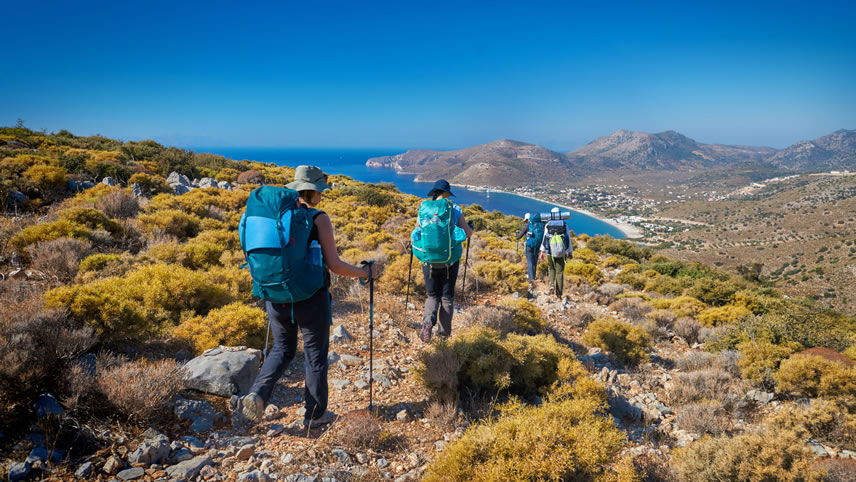
07 November, 2019
Top Trails to Explore on a Walking Tour of GreeceGreece is a paradise for active travellers who are keen to explore everything the mainland and...
